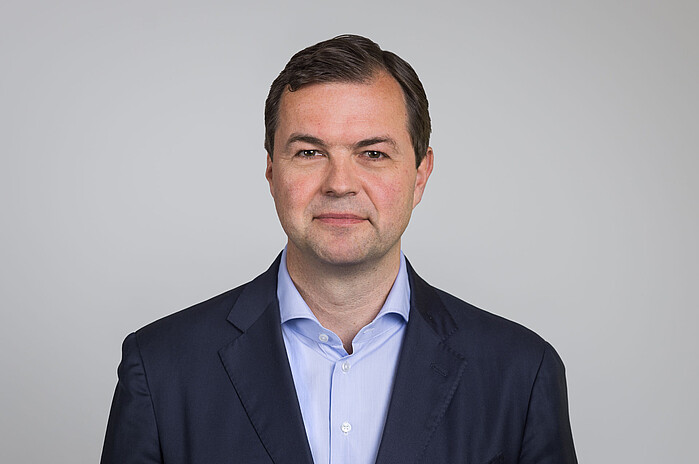
Barrier-free architecture is essential for the development of a sustainable society
A wheelchair-accessible home enables people to stay in their familiar home for longer in old age. Rooms with balanced lighting conditions and good speech intelligibility also benefit people without hearing or visual impairments. Stepless access to public transport vehicles also makes parents with baby carriages more mobile. In short: “Good architecture is design for everyone”.
On September 5, 2024, Bruno Kurz presented three theses under the moderation of the architecture magazine Hochparterre on the topic of obstacle-free, adaptable housing as a possible new standard for residential construction. Why has this concept, which has been around for over 30 years, not gained universal acceptance in the planning world since then? One answer that has emerged is that the concept is often reduced to the SIA 500 standard.
The three theses of Bruno Kurz:
1. Switzerland is fully built - new construction activities cannot solve the challenge
- For the first time in history, more people worldwide are living in urban areas than in rural areas in 2007.
- Demographic trends are fuelling growth (age pyramid is growing).
- Federal studies show that population growth will increase significantly in the coming decades and our infrastructure must be prepared and adapted accordingly.
- Whether Switzerland can cope with ten or eleven million inhabitants is ultimately a question of how the higher density is organised.
- New construction activities are further encouraged by urbanisation, and inner densification is imperative.
- Swiss Finance & Property refurbishes between 3-5% of residential units each year
The housing shortage is forcing inner-city densification and better utilisation of planning instruments under building law.
2. regulation provokes conflicts of objectives
- Environmental friendliness and conservation of resources: Replacement with new construction leads to more energy-efficient structures, while the renovation and energy-efficient refurbishment of existing buildings is generally more resource-efficient.
- Social aspects and quality of life: New buildings can better fulfil modern standards in terms of accessibility, comfort and safety. Maintenance and renovation help to preserve the social structure of a neighbourhood.
- Economic efficiency and investment costs: New buildings require considerable investment but offer higher returns thanks to more modern and efficient utilisation options. Renovating existing buildings can be more economically advantageous as the costs of demolition and new construction are eliminated. In addition, refurbishment projects can often be realised more quickly and cause less disruption to the urban environment.
- Governance and regulatory requirements: New buildings must comply with current building regulations and lead to better environmental and safety standards. Existing buildings need to be adapted to current standards. It can also be more complex to obtain financing and authorisations for extensive refurbishment projects.
A balanced approach that takes into account both the benefits of refurbishment and the need for new buildings can be one way of achieving the ESG targets in the construction industry in the best possible way. The SIA 500 standard provides the legal framework for this.
3. incentives with a lack of effect
Financial support:
- Subsidies and support programmes: Various cantons and municipalities offer support programmes and subsidies for the barrier-free conversion and new construction of residential buildings. These programmes often support both private owners and housing associations.
- Tax deductions: Costs for measures to improve accessibility can be tax-deductible under certain conditions. This often applies to the installation of lifts, barrier-free bathrooms and other adaptations.
Legal requirements:
- Building legislation / SIA standards / Disability Discrimination Act (BehiG)
Counselling and information services
Awareness-raising and public relations work
Financial support, tax deductions and communication measures are aimed at private individuals and not institutional investors. However, the legal requirements must be complied with by both sides.
You can find further information at: www.hindernisfreie-architektur.ch
Contact

![[Translate to Englisch:] [Translate to Englisch:]](/assets/group/_processed_/8/c/csm_BK_Vortrag_a66b09e448.png)